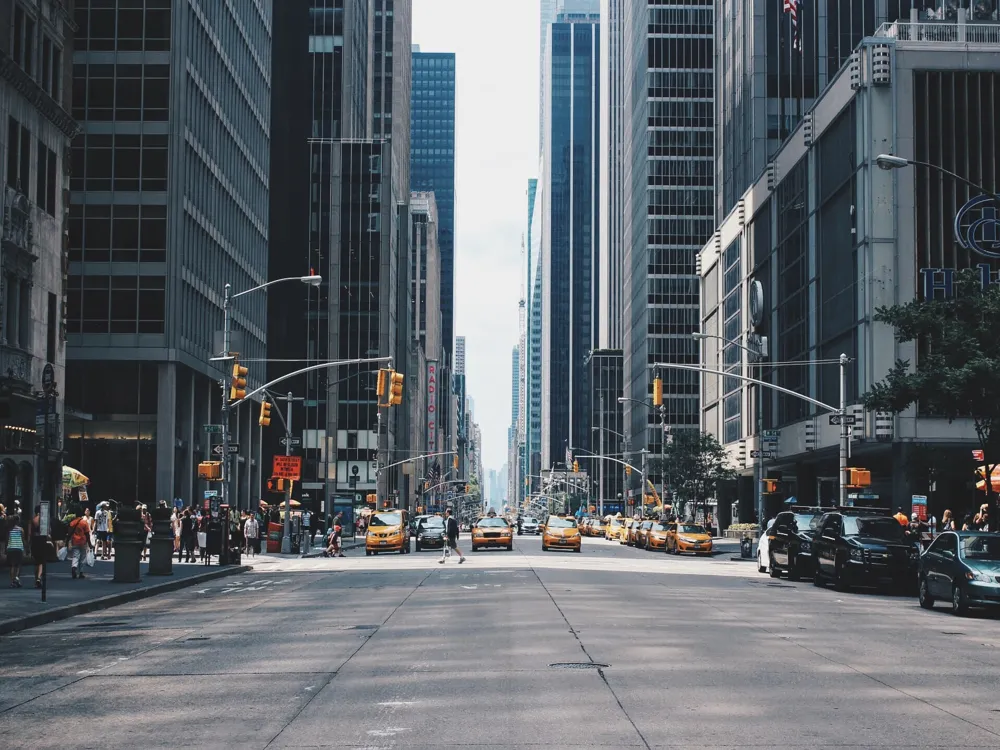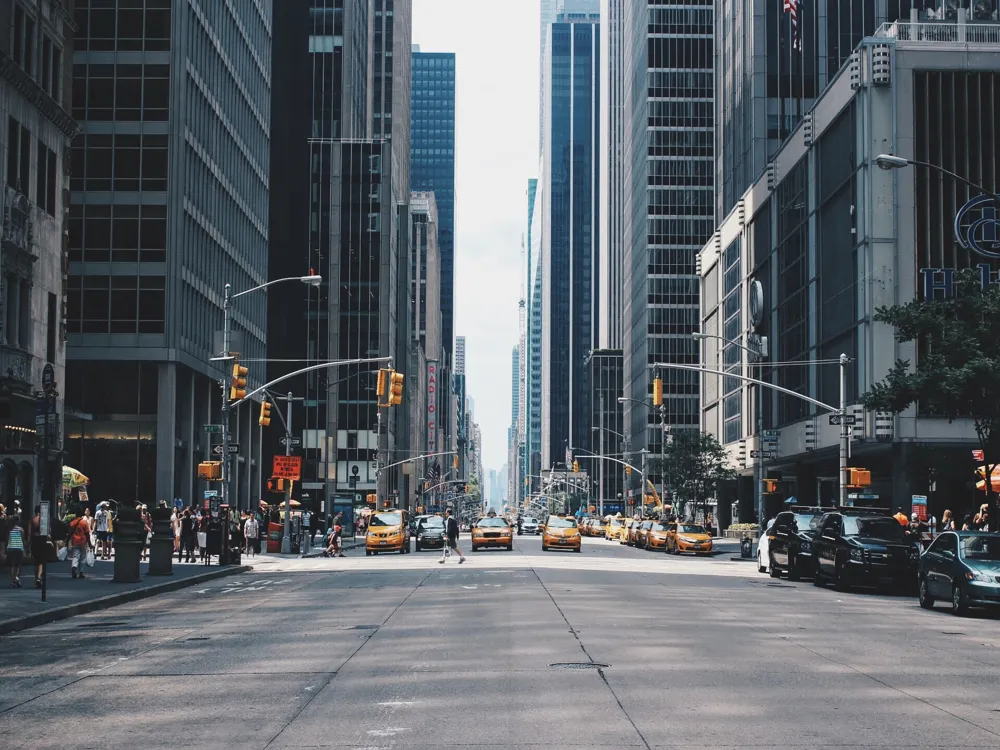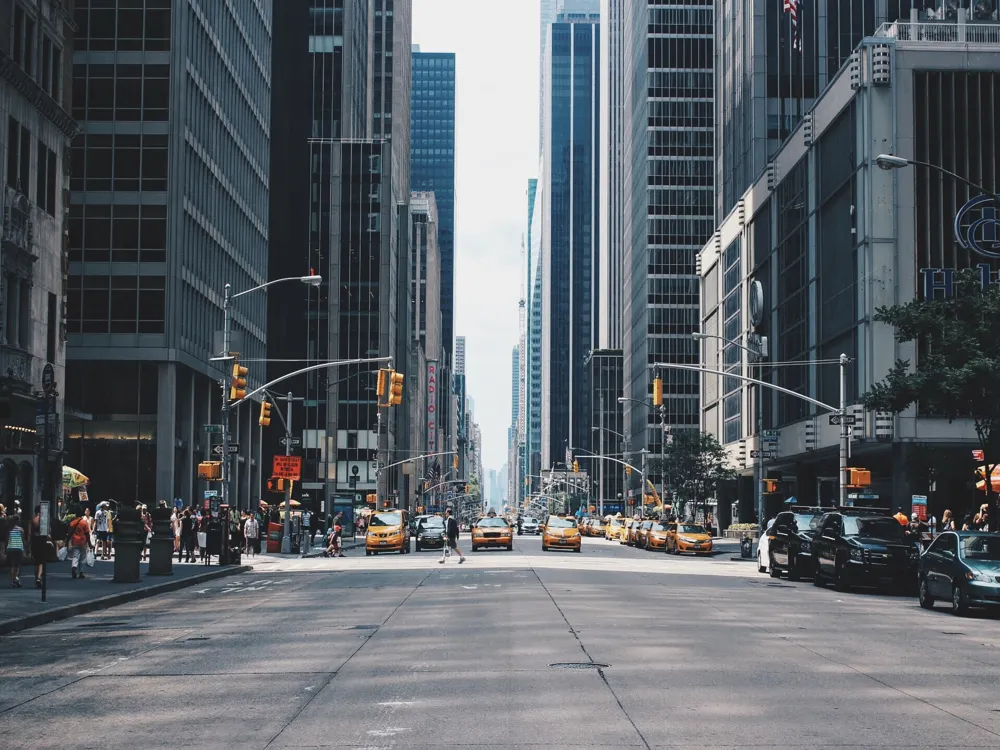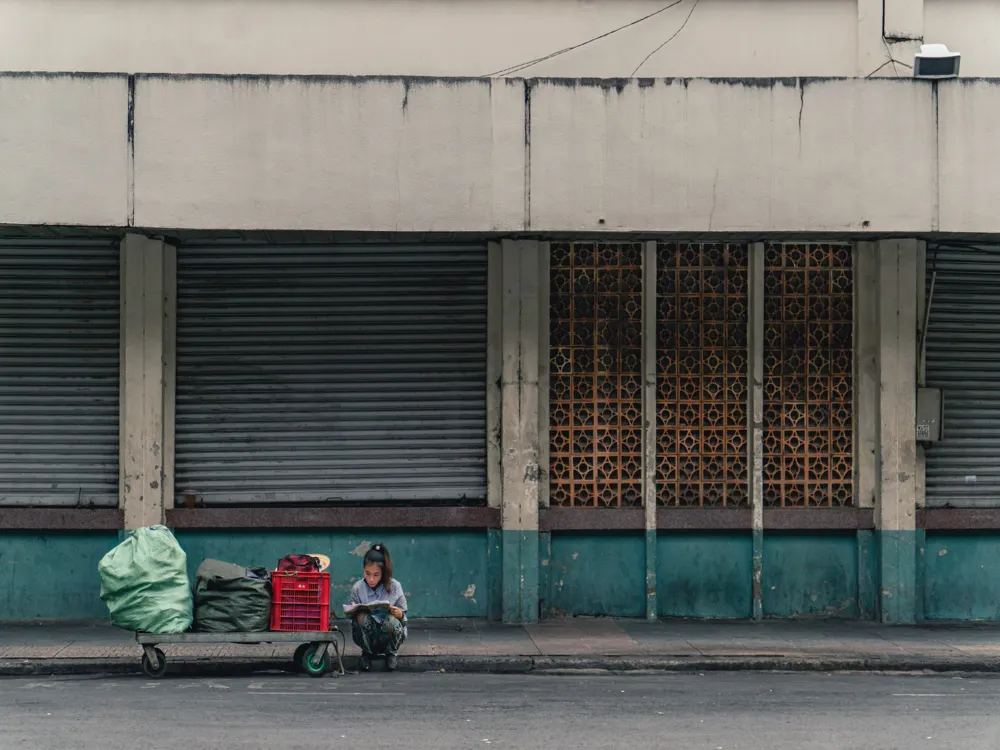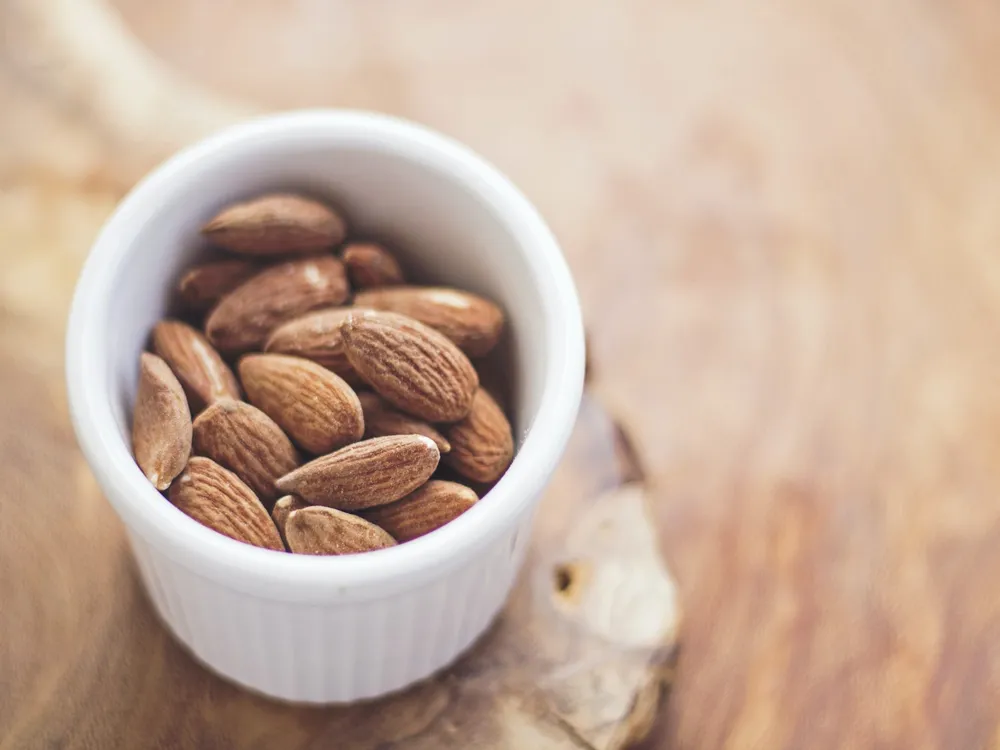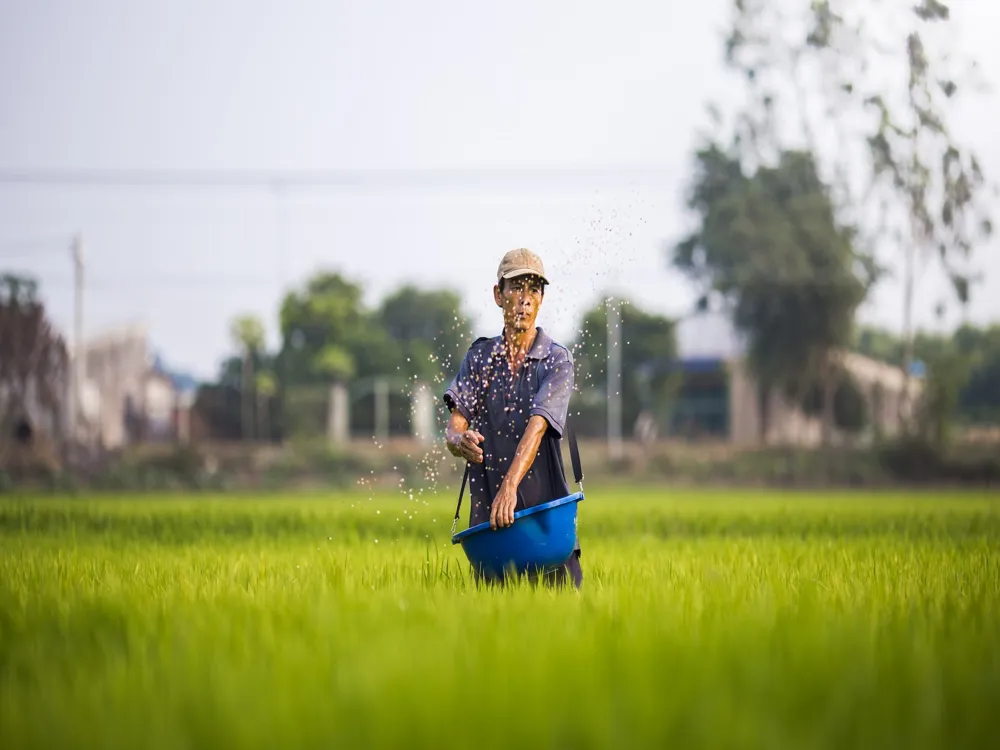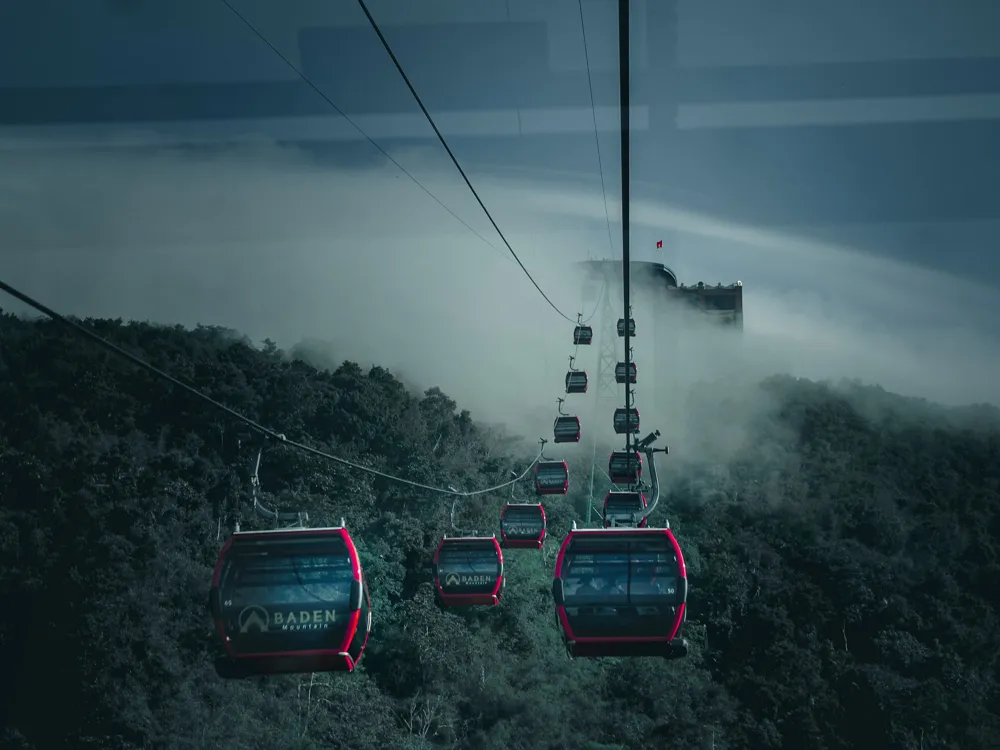The Saigon River, a vital lifeline in the pulsating heart of Ho Chi Minh City, is more than just a body of water. It's a symbol of resilience, history, and progress. Originating in the Southeastern region of Cambodia, the river flows for approximately 256 kilometers before finding its way into the bustling city. Historically, the river has been a critical component in the development of Ho Chi Minh City, formerly known as Saigon, serving as a key transportation route and influencing the city's economic, social, and cultural dynamics. As you meander along the riverbanks, you are treated to a visual spectacle that narrates the city's transformation over centuries. The river has witnessed the rise and fall of various empires, colonial influences, and the indelible impact of the Vietnam War. Today, it stands as a testament to the city's unyielding spirit and rapid modernization, juxtaposed with its rich historical past. The Saigon River is also an ecological wonder, hosting diverse ecosystems and wildlife. Its banks are dotted with lush mangroves, while the waters are home to a variety of fish species. This rich biodiversity not only contributes to the river's natural beauty but also plays a crucial role in maintaining the ecological balance of the region. As night falls, the river transforms into a dazzling display of lights and colors. The city's skyline, reflected on the water's surface, creates a mesmerizing spectacle. The numerous floating restaurants, bars, and cruises offer an enchanting experience, allowing visitors to soak in the vibrant nightlife while enjoying the panoramic views of the city. The Saigon River is not just a mere waterway; it's the lifeblood of Ho Chi Minh City, encapsulating its spirit, heritage, and aspirations. A visit to this iconic river offers a unique glimpse into the soul of the city, making it an unmissable experience for any traveler. The architecture along the Saigon River is a blend of historical legacy and modern innovation, creating a unique skyline that defines Ho Chi Minh City. From traditional Vietnamese designs to French colonial structures and contemporary skyscrapers, the architectural diversity along the riverbanks tells a story of a city that has evolved through time. One of the most striking features along the Saigon River is the juxtaposition of old and new. Historic buildings, remnants of the French colonial era, stand proudly alongside modern high-rises and luxury apartments. These colonial structures, characterized by their ornate facades and French architectural elements, offer a glimpse into the city's past. Contemporary architecture along the Saigon River is equally impressive. The Bitexco Financial Tower, a symbol of Vietnam's rapid economic growth, dominates the skyline with its futuristic design. This skyscraper, with its unique lotus shape, not only adds to the city's modern aesthetic but also reflects Vietnam's cultural identity. The riverbanks are also home to several cultural landmarks, including the Saigon Opera House and the Notre-Dame Cathedral Basilica of Saigon. These historic structures, with their exquisite architectural details, add a touch of elegance to the cityscape and serve as popular tourist attractions. The fusion of architectural styles along the Saigon River is a visual representation of Ho Chi Minh City's history and its journey towards modernization. This architectural tapestry not only enhances the city's aesthetic appeal but also contributes to its cultural richness, making it a fascinating destination for architecture enthusiasts. The ideal time to explore the Saigon River is from December to April, when the weather is dry and pleasant. This period offers clear skies and moderate temperatures, perfect for river cruises and outdoor activities. Opt for a dinner cruise to experience the city's skyline at night, or choose a daytime sightseeing cruise for a more comprehensive view of the river's surroundings. There are also options for speedboat tours for a more thrilling adventure. Don't miss the opportunity to try local Vietnamese cuisine at the riverside restaurants and floating markets. Dishes like Pho and Banh Mi are must-tries, offering a taste of the local flavors and culinary traditions. When visiting temples and religious sites along the river, dress modestly and show respect. It's important to understand and adhere to local customs to ensure a respectful and enriching experience. Always prioritize safety, especially on boat tours. Ensure you follow the safety instructions provided and consider wearing a life jacket if necessary. Reaching the Saigon River is convenient due to Ho Chi Minh City's well-connected transportation network. The river is accessible by various means of transport, including taxi, bus, and motorbike. For international travelers, Tan Son Nhat International Airport is the nearest airport, from where the city center and the Saigon River are just a short drive away. Additionally, visitors can also opt for a river taxi, a unique and scenic way to reach the river while experiencing the city from a different perspective. Read MoreOverview of Saigon River in Ho Chi Minh City
Architecture Along the Saigon River
Tips When Visiting Saigon River
Best Time to Visit
River Cruise Options
Local Cuisine and Dining
Cultural Etiquette
Safety Precautions
How To Reach Saigon River
Saigon River
Ho Chi Minh City
₹ 17,501 onwards
View ho-chi-minh-city Packages
Ho-chi-minh-city Travel Packages
View All Packages For Ho-chi-minh-city
Top Hotel Collections for Ho-chi-minh-city

Private Pool

Luxury Hotels

5-Star Hotels

Pet Friendly
Top Hotels Near Ho-chi-minh-city
Other Top Ranking Places In Ho-chi-minh-city
View All Places To Visit In ho-chi-minh-city
View ho-chi-minh-city Packages
Ho-chi-minh-city Travel Packages
View All Packages For Ho-chi-minh-city
Top Hotel Collections for Ho-chi-minh-city

Private Pool

Luxury Hotels

5-Star Hotels

Pet Friendly







